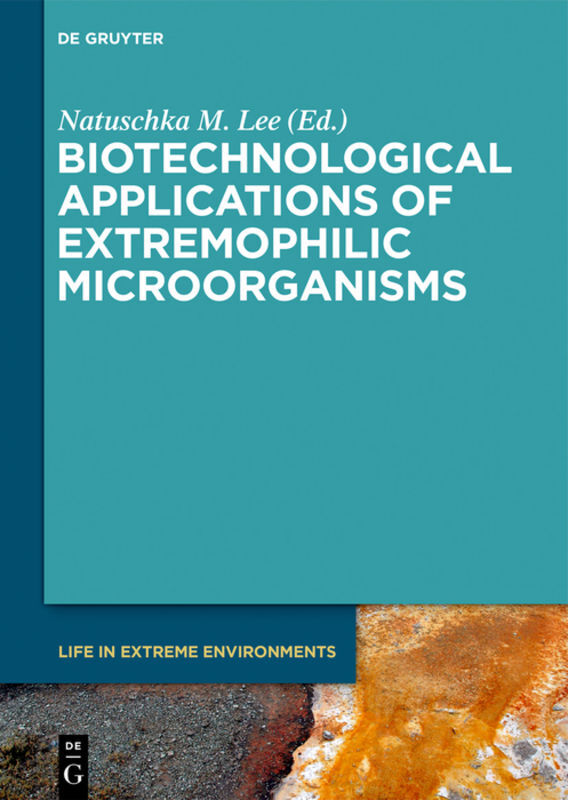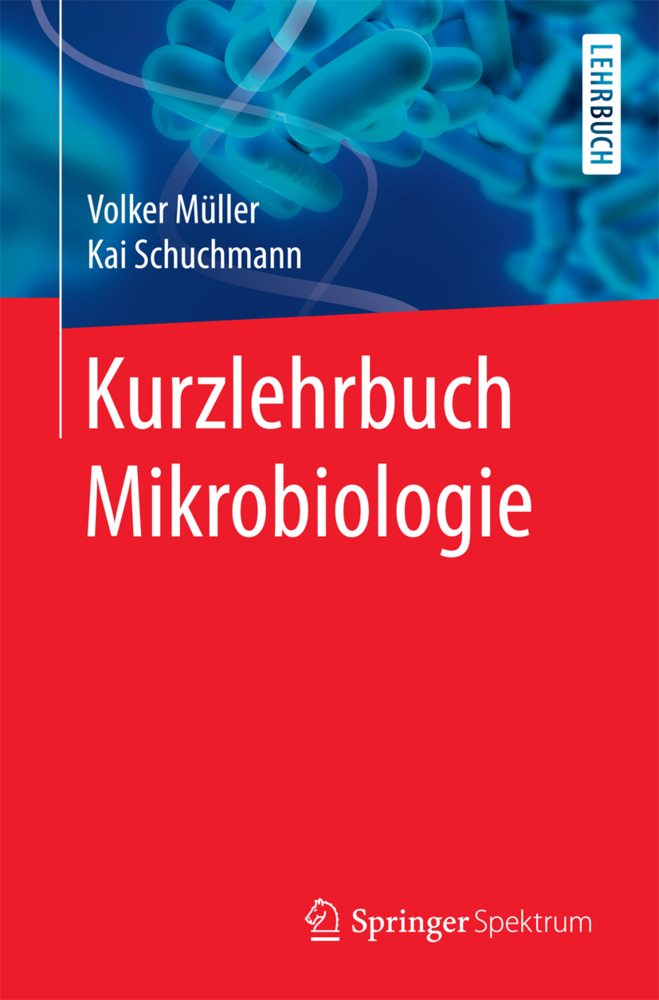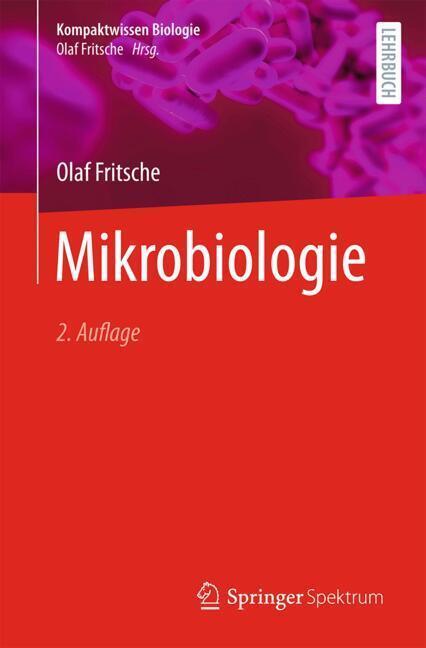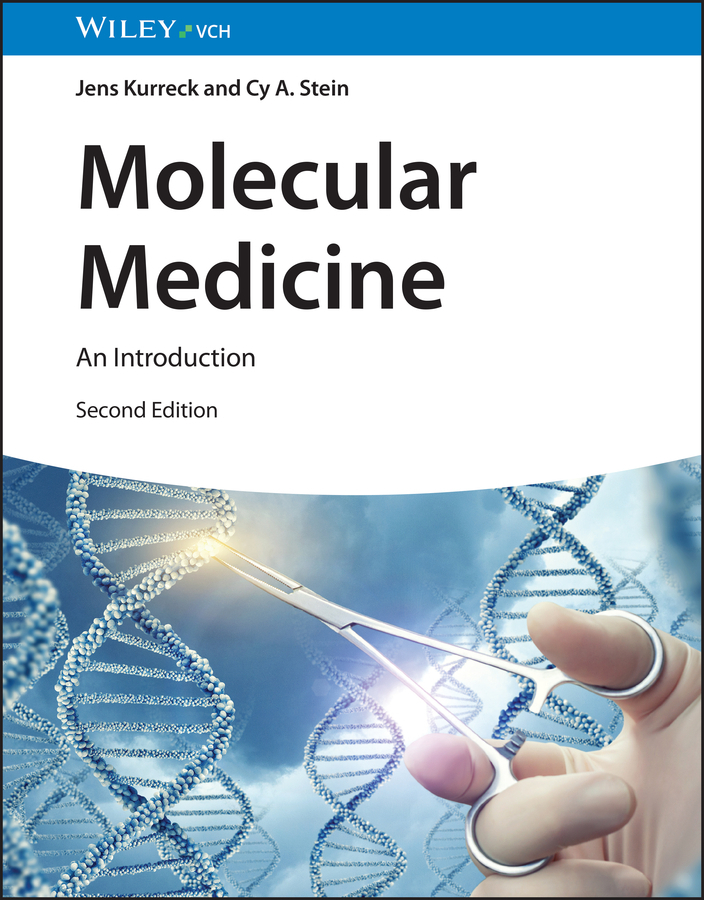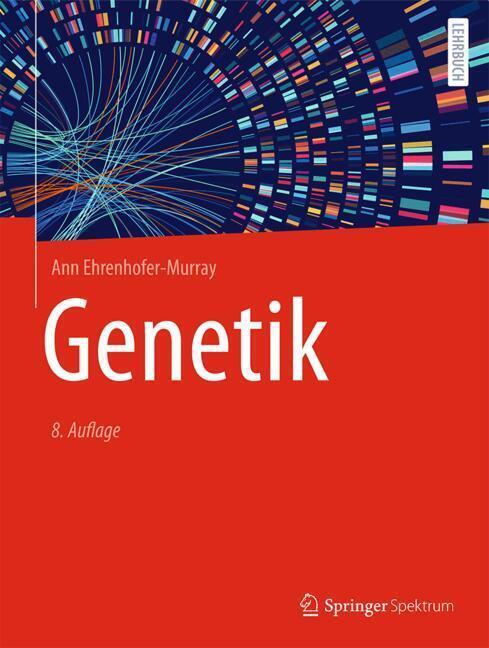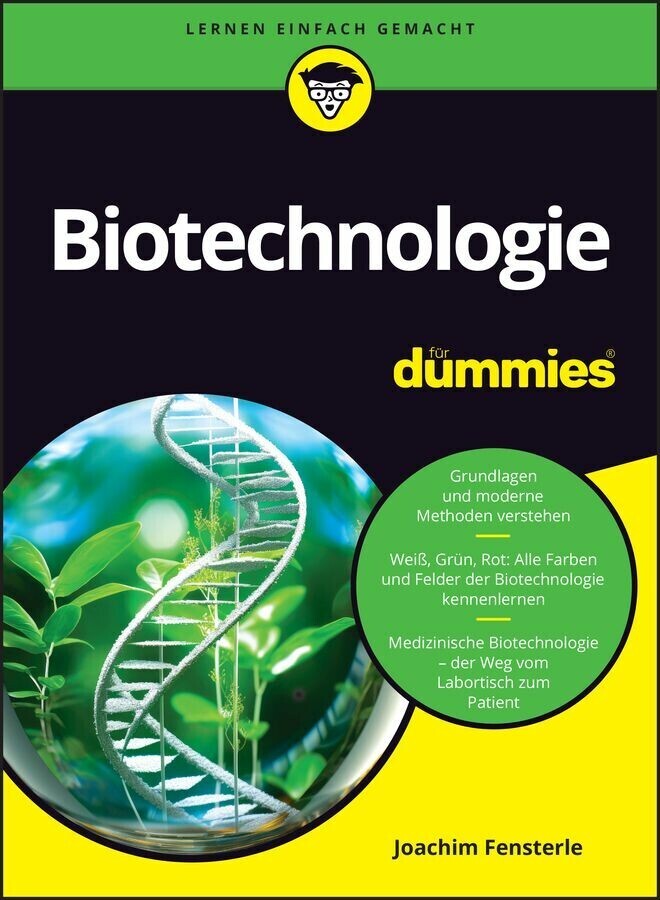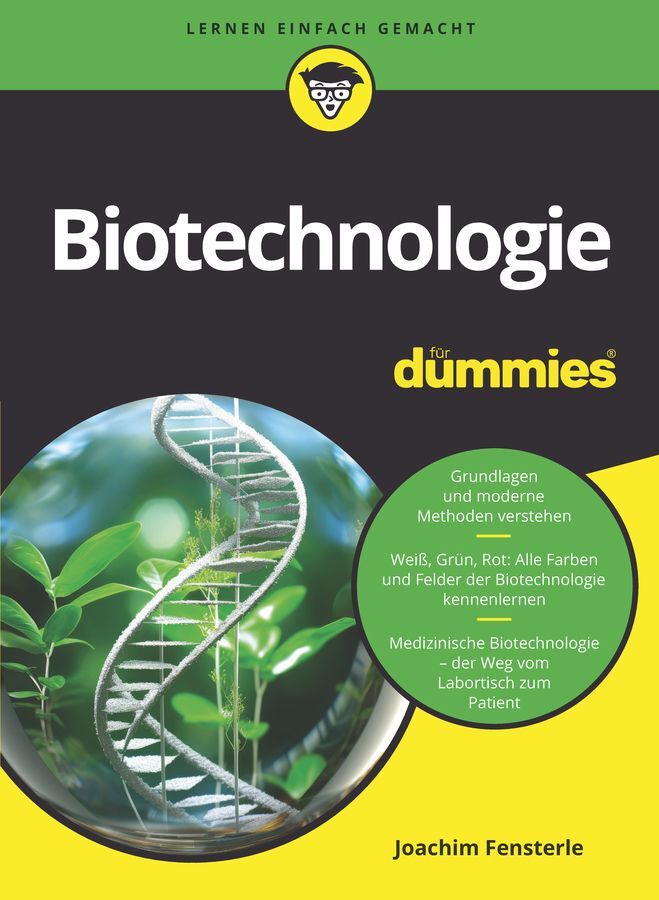Fungi in Extreme Environments: Ecological Role and Biotechnological Significance
Fungi in Extreme Environments: Ecological Role and Biotechnological Significance
Over the last decades, scientists have been intrigued by the fascinating organisms that inhabit extreme environments. These organisms, known as extremophiles, thrive in habitats which for other terrestrial life-forms are intolerably hostile or even lethal. Based on such technological advances, the study of extremophiles has provided, over the last few years, ground-breaking discoveries that challenge the paradigms of modern biology. In the new bioeconomy, fungi in general, play a very important role in addressing major global challenges, being instrumental for improved resource efficiency, making renewable substitutes for products from fossil resources, upgrading waste streams to valuable food and feed ingredients, counteracting life-style diseases and antibiotic resistance through strengthening the gut biota, making crop plants more robust to survive climate change conditions, and functioning as host organisms for production of new biological drugs. This range ofnew uses of fungi all stand on the shoulders of the efforts of mycologists over generations.
The book is organized in five parts: (I) Biodiversity, Ecology, Genetics and Physiology of Extremophilic Fungi, (II) Biosynthesis of Novel Biomolecules and Extremozymes (III) Bioenergy and Biofuel synthesis, and (IV) Wastewater and biosolids treatment, and (V) Bioremediation.
Preface
Part 1. Biodiversity, Ecology, Genetics and Physiology of Extremophilic FungiChapter 1. Biodiversity and ecology of extremophilic fungi in natural CO2 springs
Chapter 2. Eukaryotic life in extreme environments: acidophilic fungi
Chapter 3. Ecology of thermophilic fungi
Chapter 4. New perspectives on the distribution and roles of thermophilic fungi
Chapter 5. Ecology and biotechnology of thermophilic/thermotolerant fungi on crops under global warming
Chapter 6. Soil microfungi of Israeli deserts: adaptations to environmental stress
Chapter 7. Extremotolerant fungi from lichens and rocks
Chapter 8. Antarctic basidiomycetous yeast
Chapter 9. Adaptation mechanisms and applications of psychrophilic fungi
Chapter 10. Melanin and resistance to ionizing radiation in fungi
Chapter 11. Fungi in biofilms of highly acidic soils
Chapter 12. Global Proteomics of Extremophile Fungi: Mission Accomplished?
Part 2. Biotechnological Applications of Extremophilic Fungi
Chapter 13. Yeast thriving in cold terrestrial habitats: Biodiversity and industrial/biotechnological applications
Chapter 14. Pharmaceutical and biotechnological application of thermophilic fungi
Chapter 15. Biotechnological applications of halophilic fungi; past, present and future
Chapter 16. Biotechnological applications of xylanases from thermophilic fungi Sporotrichum thermophile
Part 3. Biosynthesis of Novel Biomolecules and Extremozymes
Chapter 17. Diversity and biotechnological applications of deep-sea fungi
Chapter 18. Bioactive compounds from marine extremophilic fungi
Chapter 19. Synthesis of Metallic Nanoparticles by Halotolerant Fungi
Chapter 20. Cellulases from thermophilic fungi: Recent Insights and Biotechnological Potential
Chapter 21. beta-Galactosidases from an acidophilic fungus, Teratosphaeria acidotherma AIU BGA-1
Chapter 22. Fungi from extreme environments: A potential source of laccases group of extremozymes
Part 4. Bioenergy andBiofuel synthesis
Chapter 23. Lignocellulose Degrading Thermophilic Fungi and Their Prospects in Natural Rubber Extraction from Plants
Chapter 24. Thermophilic fungi and their enzymes for biorefineries
Part 5. Bioremediation and Biosolids Treatment
Chapter 25. Acidomyces acidophilus: Ecology, biochemical properties, and application to bioremediation
Chapter 26. Bioremediation abilities of Antarctic fungi
Chapter 27. Haloalkaliphilic fungi and their roles in the treatment of saline-alkali soil
Chapter 28. Potential role of extremophilic fungus for extra-heavy crude oil bioconversion and the sustainable development of the petroleum industry
Chapter 29. Thermophilic Fungi: Their Role in Composting and Industrial Processes
Index.
Tiquia-Arashiro, Sonia M.
Grube, Martin
| ISBN | 978-3-030-19029-3 |
|---|---|
| Artikelnummer | 9783030190293 |
| Medientyp | Buch |
| Copyrightjahr | 2019 |
| Verlag | Springer, Berlin |
| Umfang | XVIII, 626 Seiten |
| Abbildungen | XVIII, 626 p. 82 illus., 51 illus. in color. |
| Sprache | Englisch |



